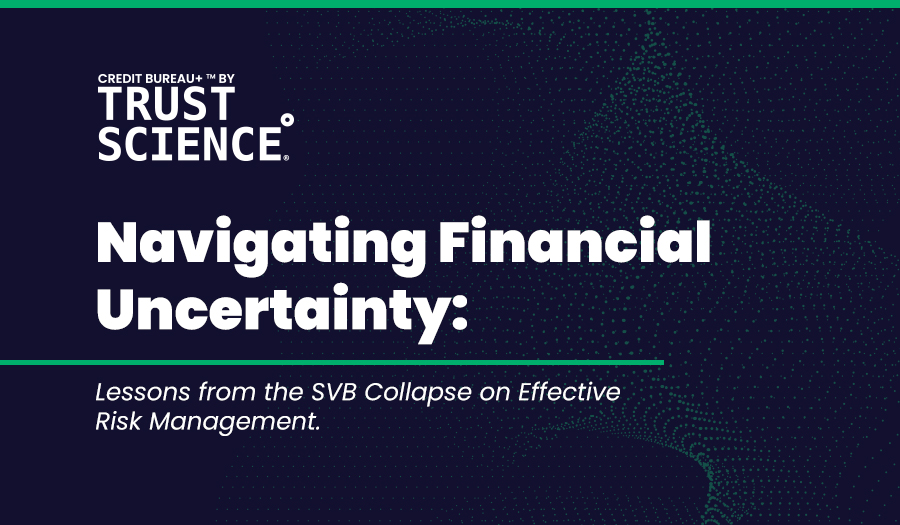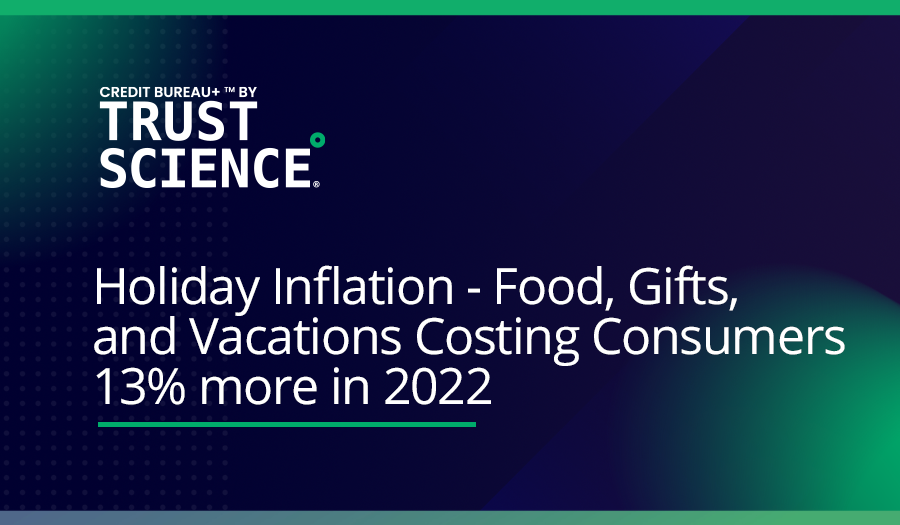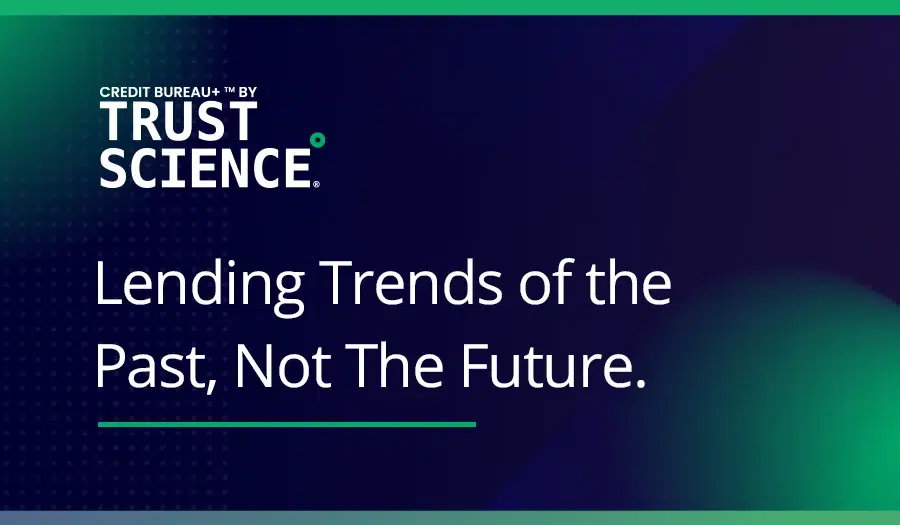We believe in giving people the credit they deserve and arming lenders with credit decisioning tools and analytics that keep their business current.
And to continue working on helping the credit underwriting market our CEO and CTO put together the top 5 underwriting data trends lenders need to consider for their business in 2020.
TREND #1: Multiple alternate data sources
TREND #2: Data governance and model governance
TREND #3: Credit history, interest rates and lifetime value are the new metrics
TREND #4: Online marketplaces and auto decisioning are competitive drivers
TREND #5: New rules required for the new economic and market climate
TREND #1: Multiple alternate data sources
Credit decisioning tools will need to analyze multiple data sources for predictable credit scores. Lenders need these multiple data sources to better analyze credit and risk of all customers, including thin and no file borrowers.
Bureau data is not enough for the subprime market and thin files.
Multiple data sources which can expand credit profile coverage and enable automated decisioning include:
-
- Alternative data
- Public data (court, residency, etc)
- Banking data (IBV)
- Transactional data (wireless, cable, etc)
- Utility data
TIP -> Check for credit decisioning tools that use multiple data sources to get you predictable credit scores.
TREND #2: Data governance and model governance
Lenders will need to confirm data governance and model governance for oversight and compliance. Concerns around privacy, bias, and transparency increasing the priority of data governance and model governance.
You should be able to answer questions like:
- Privacy
- Do you have consent or right to use the data you’re using?
- Do you ensure removal of data and/or usage of data compliant with user terms?
- Do you support borrowers ownership of the personal data that defines their identity?
- Bias
- Do you support fair practices in your scoring.
- Are you ensuring your historical data is not lending itself to bias in credit scoring models?
- Transparency
- Are you able to provide immediate explainability for adverse action?
- Are reasons for adverse action understandable to the borrower?
- What types of data are used in the model?
TIP -> ask your vendor for their data governance and model governances practices to inform your own internal ones.
TREND #3: Credit history, interest rates and lifetime value are the new metrics
Traditionally lenders are thinking about accept vs decline in their prediction about good vs bad loans. However, the real drivers in a lenders’ business performance and how to optimize their bottom line will be:
- Interest rates
- Consider the two-way relationship between interest rates and term, credit limit to determine the recommended loan amounts
- Credit history over time
- Review your customer’s credit history over time, with you and with other lenders.
- Consider credit history against market variables such as interest rates
- Lifetime Customer value
- Assess the lifetime value of a customer and implement retention strategies
- Segment these customers based on customer categories (which can include loan type as a criteria)
- Target customer profiles where you have a competitive advantage
TIP -> monitor metrics from above to use against ongoing business operations and improve business performance over time.
TREND #4: Online marketplaces and auto decisioning are competitive drivers
Digital transformation is no longer on the horizon, but a must have. Technology (ex. machine learning) that provides more accuracy to predict risk and credit worthiness and enables scale without the manual overhead will give lenders the ability to stay competitive.
Automation is the lynchpin to underwriting strategies in as much as it enables for more loans to be processed without human touch and/or human error. Further, it provides much more visibility into well defined status and outcomes. It includes online applications and extends into auto-decisioning.
Lenders can also consider how to automate combining multiple scores as the application moves from pre-qualification to pre-approval to approval and additional data and data sources are included.
TIP -> maintain a single source of truth and ensure permissible purpose for all data covers improving decisioning; do this by having all data used in decisioning routed either from your systems to the LOS/LMS or the LOS/LMS to your system.
TREND #5: New rules required for the new economic and lending market
There are increasing concerns about the next financial meltdown. Regardless of recession or economy blips, new rules will be required by lenders to accommodate market risks such as recessions or changes in the value of an asset or market appetite for said asset.
E.g. vehicles are becoming more expensive but borrowers can’t support a higher monthly payment. Lenders then increase the term yet the vehicle is not lasting longer nor is it traded at a different value. This results in trade-in situations where the loan for the new vehicle is higher than the value of the new vehicle.
TIP -> Want to learn how we can help get on track for 2020 trends? Contact us for an exploratory call.
Missed the 2020 Underwriting Trends webinar? Check it out on-demand here.






